Lesko County
6.98
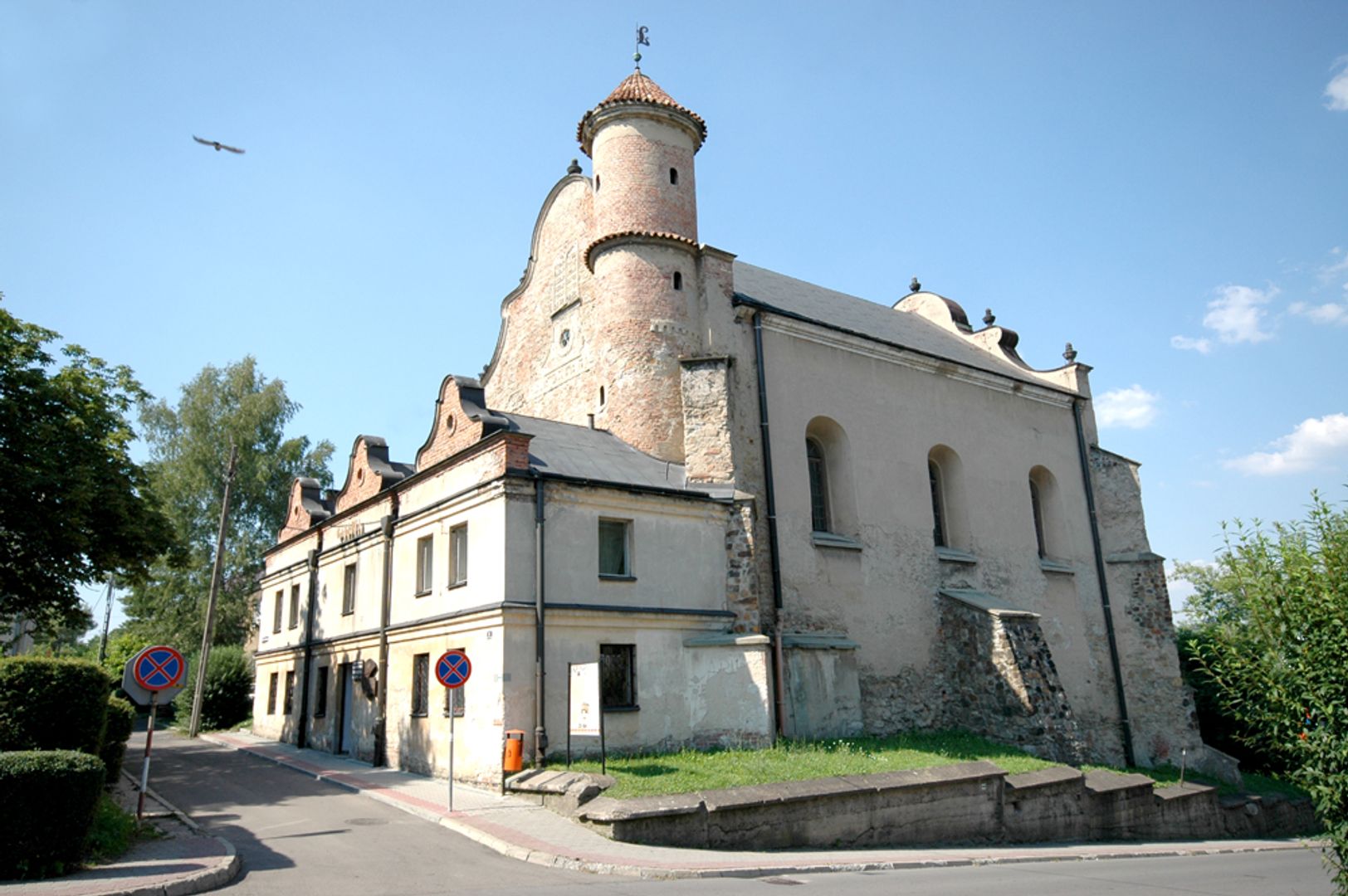
Overview
Leski County, located in the Podkarpackie Voivodeship, was established in 2002 from part of Bieszczady County. Its seat is the town of Lesko, which is the only town in the county. The county borders the Prešov Region of Slovakia to the south, Sanok County to the west, and Bieszczady County to the east. The main branches of the economy are agriculture and tourism, which is a result of the charming landscape and numerous natural and historical attractions. In 2019, the county had a population of 26,441, indicating a stable, though small, population.
The county includes urban-rural and rural communes, including Baligród, Cisna, Olszanica, Solina, and the urban commune of Lesko. An interesting aspect of Leski County's history is that in 1782, it covered a much larger area and included numerous administrative units, including Sanok and Ustrzyki Dolne. Until 1918, its area was 1,827 km², and the population was 74,118. The county also had important institutions, such as district courts.
In terms of architecture, historic buildings can be seen in Lesko and the surrounding area, testifying to the region's rich history. The county is also known for its traditional wooden architecture, as well as its Orthodox and Catholic churches, which are valuable examples of local cultural heritage. The culture of Leski County is reflected in numerous festivals, events, and folk traditions that attract both tourists and residents.
Among the starosts (county administrators) who have managed the county are figures such as Marek Scelina, Marek Pańko, Andrzej Olesiuk, and the current starost, Wojciech Stelmach. The region's tourist activity is also noteworthy, with numerous hiking trails that attract trekking enthusiasts and nature lovers. Leski County combines rich traditions, natural beauty, and unique architectural aspects, making it an attractive place for both residents and tourists.
Location
You can also find here:

Bieszczady National Park
8.06
Lutowiska Deanery

The Bukowskie Foothills
8.05
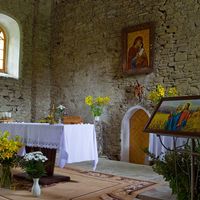
Church of St. Martyr Paraskevi in Łopienka
7.53
Solina Deanery
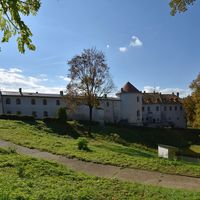
Lesko Castle
7.32
Lesko Deanery

Solina
7.04
Solina Deanery

Cisna
6.99
Lutowiska Deanery
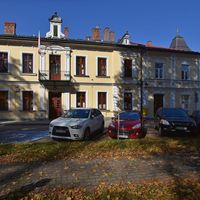
Lesko
6.94
Lesko Deanery

Cisna
6.84
Lesko Deanery
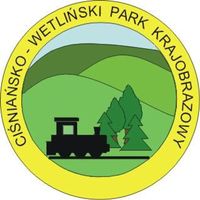
Cisna-Wetlina Landscape Park
6.84
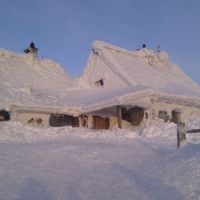
Tourist Shelter of the BdPN "Puchatka's Hut"
6.82
Lutowiska Deanery
2025 Wizytor | All Rights Reserved